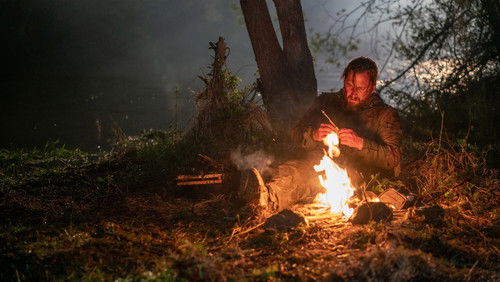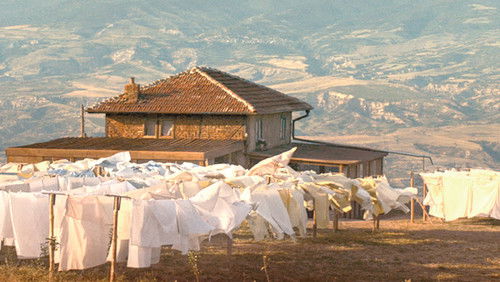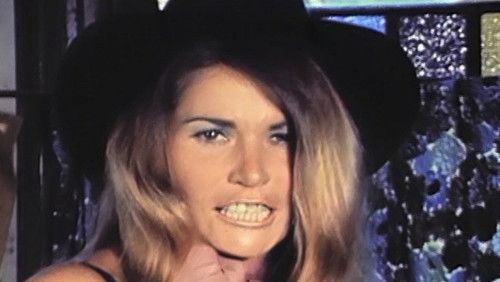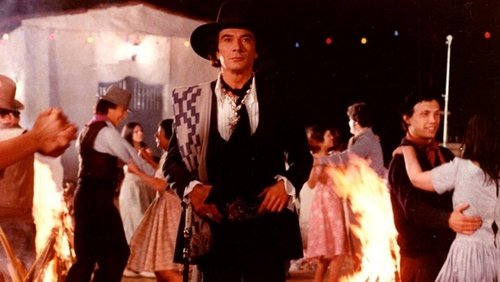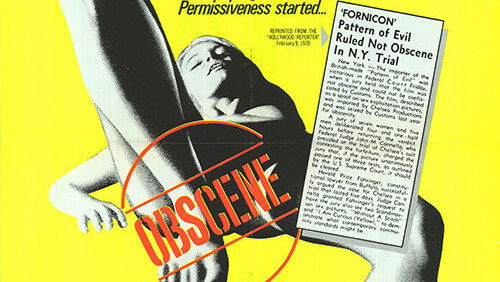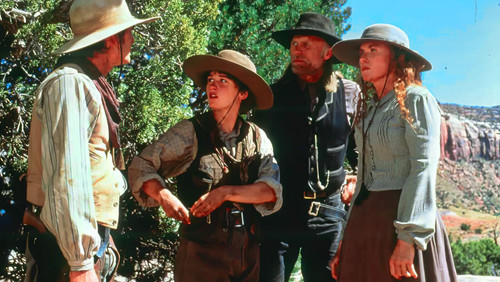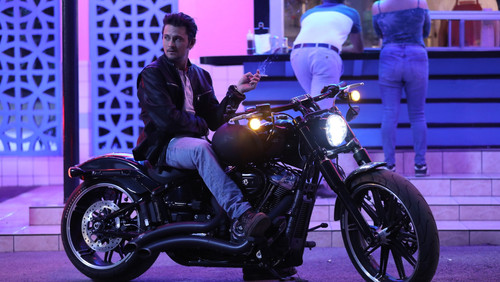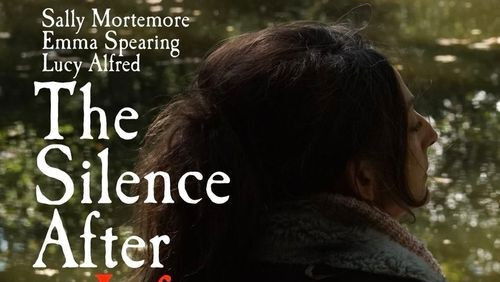Rom, offene Stadt (1945)
65KRom, offene Stadt: Directed by Roberto Rossellini. With Aldo Fabrizi, Anna Magnani, Marcello Pagliero, Vito Annichiarico. During the Nazi occupation of Rome in 1944, the Resistance leader, Giorgio Manfredi, is chased by the Nazis as he seeks refuge and a way to escape.
“Open City, a powerful Italian film directed by Roberto Rosselini in 1946, is a historically-based story of the Italian Resistance movement and its struggle against Nazi occupation. The film is a searing indictment of the Nazis and a powerful portrayal of the dignity and courage of the Italian Resistance fighters.u003cbr/u003eu003cbr/u003eWith the cityu0026#39;s studios destroyed, Rosselini was forced to shoot his film in the streets on stock that was purchased bit by bit, then taped together. It was shot almost immediately after the city was liberated from the Germans while the Germans still occupied the streets. Naturally, the quality of the print (although on DVD) is limited by the kind of stock that had to be used. The resulting film, however, is unique and deeply moving, and is a film of historic importance.u003cbr/u003eu003cbr/u003eOpen City was the first of the great Italian Neo-realist films (followed by Paisan, The Bicycle Thief, Shoeshine, I Vitteloni, and Umberto D). These films were characterized by the use of non-professional actors, natural lighting, location shooting, the desire to get closer to everyday reality, and the struggle for dignity of the masses of people.u003cbr/u003eu003cbr/u003eThough I strongly recommend this film, there are a few minor quibbles. The Nazi leaders are portrayed as homosexuals who are associated with a decadent life style. This is contrasted with the Resistance representing the church and the family. Though I do not grant the Nazis much in the way of humanity, I think these broad strokes only obscure rather than clarify. Likewise, there is an over- identification of the Resistance as Communist. Though the Communist Party made up a good part of the Resistance, it also included Christian Democrats and Socialists.u003cbr/u003eu003cbr/u003eOpen City, though depressing in its presentation, remains hopeful. This hope for the future is symbolized at the end of the film by the children making their way back down into the streets of Rome after witnessing an execution. This attitude is also expressed by Francesco as he talks to Pina (Anna Magnani) in the flats, u0026quot;We must believe it, we must want it,, We musnu0026#39;t be afraid because we are on the just path.Weu0026#39;re fighting for something that must come. It may be long..it may be difficult, but thereu0026#39;ll be a better world.u0026quot;u003cbr/u003eu003cbr/u003e56 years later, weu0026#39;re still waiting.”
